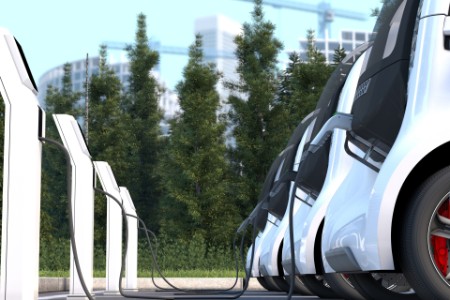To further boost the sector, the central government on 12 May 2021 gave its nod to a much awaited PLI scheme for manufacturing Advanced Chemistry Cells (ACC) with a budgetary outlay of INR 18,100 crores. To recap, NITI Aayog which has been appointed as the implementation agency for the scheme, along with department of heavy industries and has released a draft scheme document in November last year for industry consultation and feedback.
The PLI scheme for manufacturing ACC aims setting up of giga scale factories, promoting of exports, achieving economies of scale, producing cutting edge high quality globally competitive products and most importantly creating the next wave of job growth in energy sector as it will transform many sectors like mobility, grid stability, consumer electronics and many more.
This scheme is applicable for manufacturing ACC, which have been defined basis cycle life and energy density. There is no specific technology to be adopted, which gives room for any new generation technologies that can store electric energy either as electrochemical or as chemical energy and convert it back to electric energy, to get qualified.
The PLI scheme will be a competitive bid-based scheme with minimum qualification criteria based on likes of installed capacity, domestic value addition and minimum investment amount amongst other. The applicant manufacturer would have to commit to set up an ACC manufacturing facility of minimum 5GWh capacity and ensure a minimum 60% domestic value addition at the project level within five years.
Additionally, selected manufacturer will have to achieve a domestic value addition of at least 25% and make the mandatory investment of INR 225 crore/GWh within two years (at the mother unit level) and raise it to 60% domestic value addition within five years.
The bid will be a two-step process involving technical bid and financial bid and adopts a quality and cost-based selection method to evaluate bids. Basis the score earned in technical and financial bids, each applicant will be given ranking, wherein, highest rank applicant will be given the first a choice to choose his capacity. The total overall capacity will be capped at 50GWH, with each individual applicant having to make a choice from 5GWH to 20GWH capacity.
The scheme proposes two agreements to be signed by the shortlisted applicants, a program agreement is to be signed between the applicant and the central government specifying the scheme conditions and obligations of each party towards the same. The second agreement would be a tripartite agreement between the relevant state government, central government, and manufacturer. The state government would extend its support by providing land for setting up the facility, assisting in procuring permits and licenses, providing trunk infrastructure and so on.
The subsidy will be a function of achieved capacity, value addition, actual production and the discounting factor proposed in the scheme. In a nutshell, it is a well -constructed scheme with the intent of incentivizing localization of the supply chain in the advanced chemistry cell manufacturing in India.
The clean energy sector is set to transform in the next few years, and its contribution to the GDP is likely to significantly improve, leading to unprecedented investment and job creation.
(This article is authored by EY India Tax partner Saurabh Agarwal, with contribution from EY India Director Nikit Popli.)


